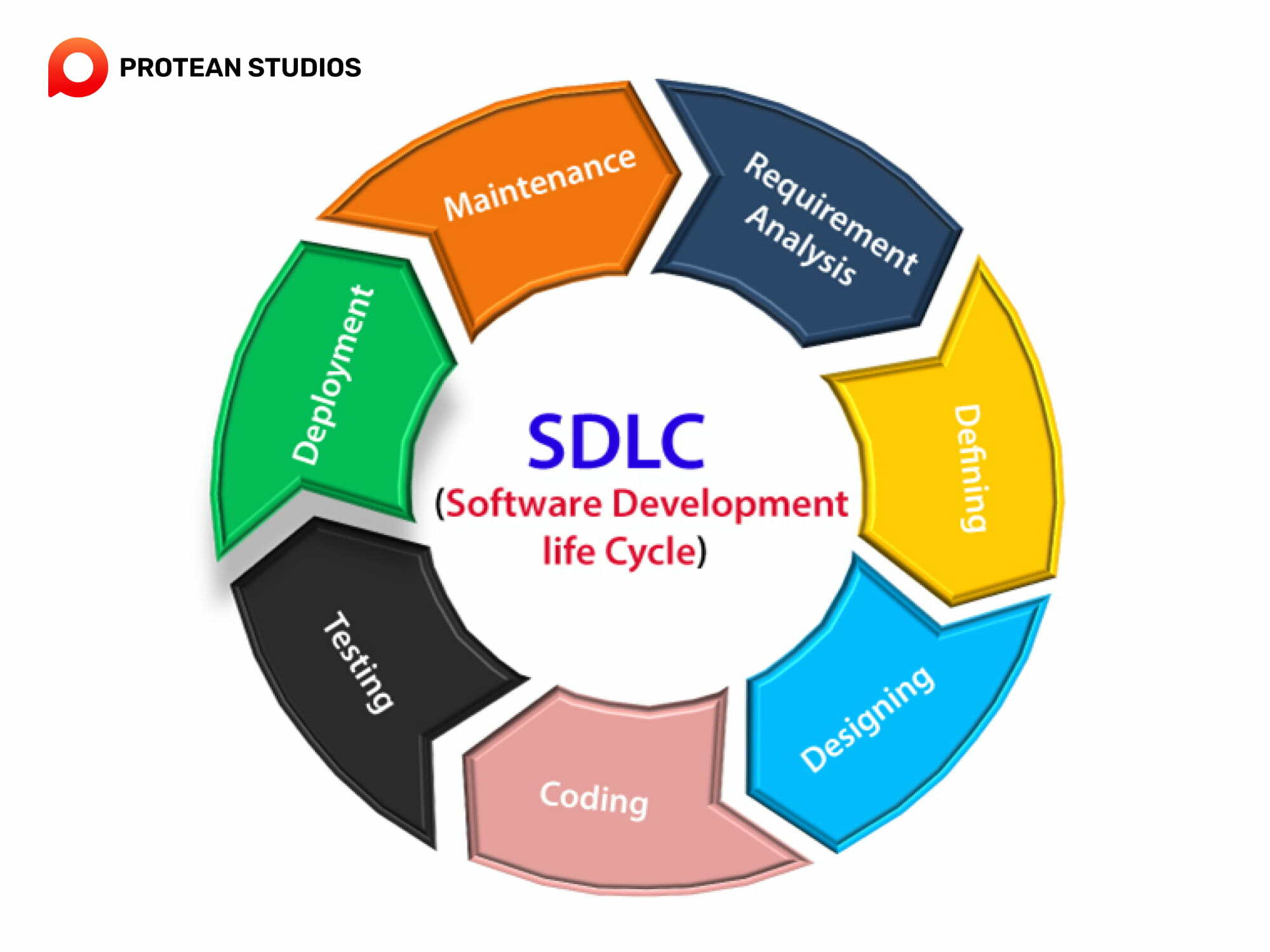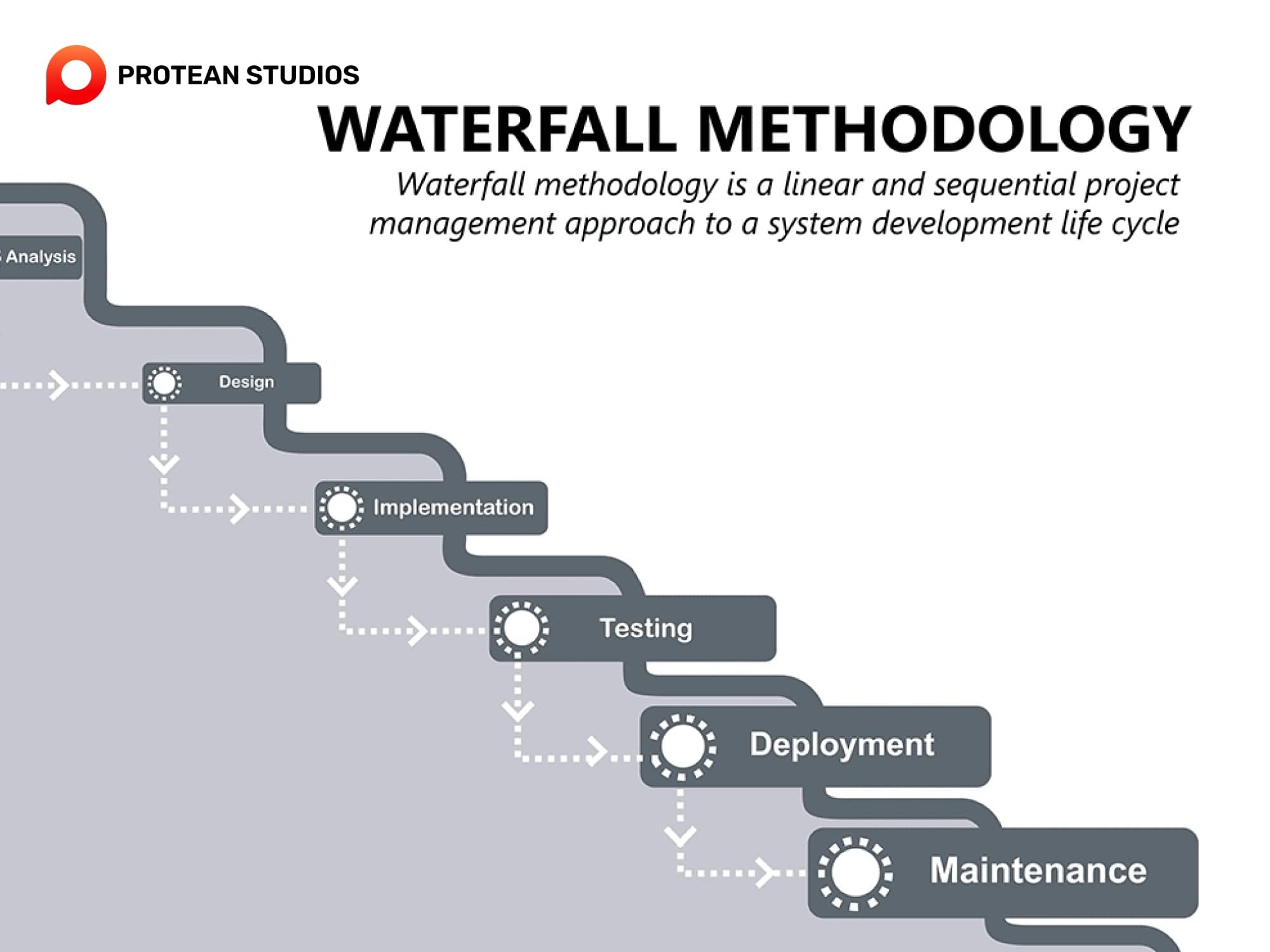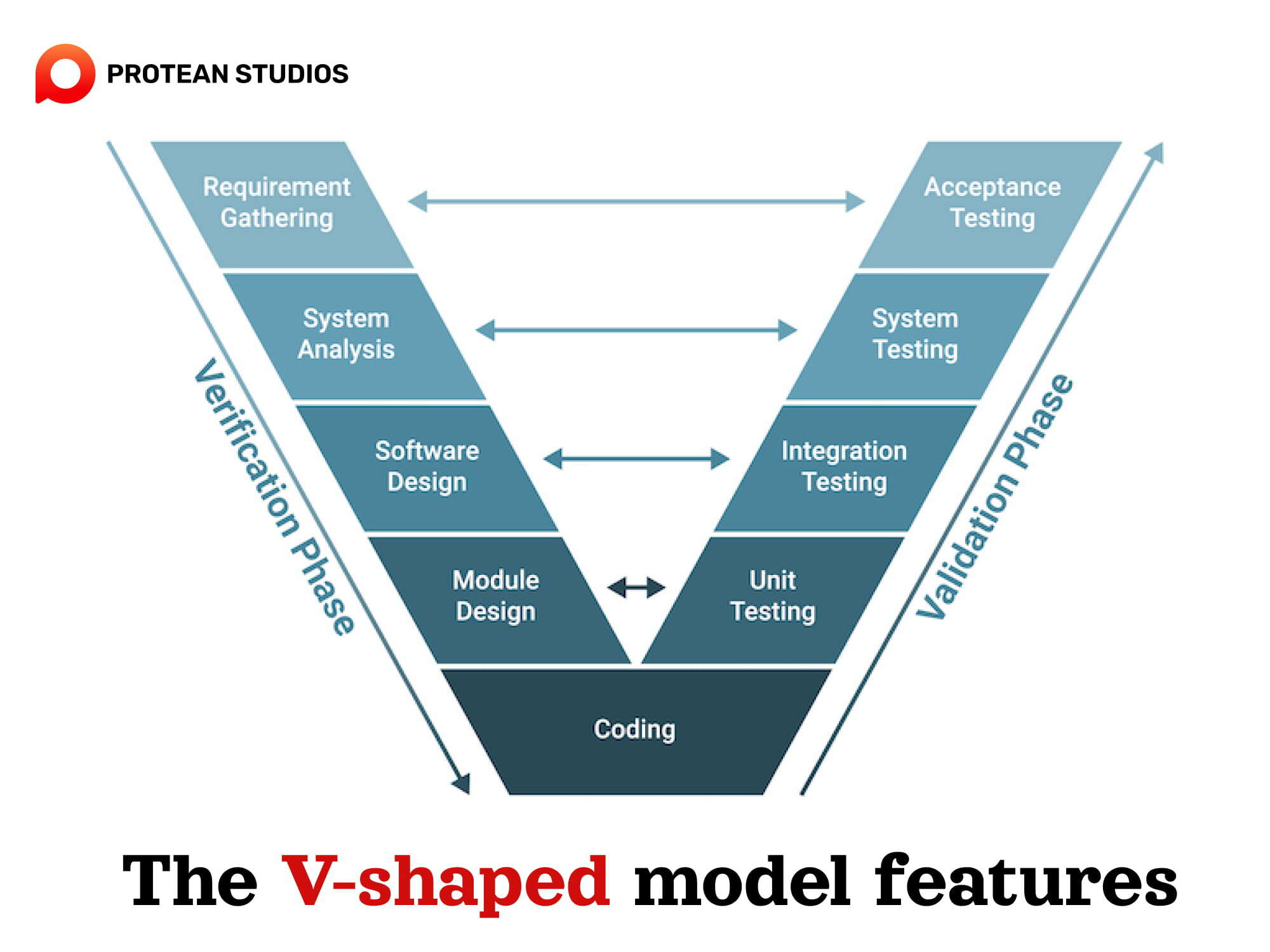Nowadays, we can access various types of software that make humans' work easier. Behind every successful software application lies a well-thought-out process known as the Software Development Life Cycle (SDLC). This process is very important to ensure that projects can run efficiently, on time, and meet requirements. Thus, in this blog, we will share some information about SDLC and its common models.
I. About the software development life cycle
The software development life cycle (SDLC) is like a step-by-step plan for making software. It helps software developers and project managers do their work in an organized way. The main aim of the SDLC is to finish software projects well, with good quality, and without overspending.
A detailed description of the SDLC defines the steps to create, update, develop, and improve a specific software product. Its plan covers the entire process, from the initial idea to the final deployment and maintenance of the software. You can also see more information about software development via the blog: Understanding Software Development: Definition, Procedures, And Types.
II. Phases of the software development life cycle
The SDLC consists of six stages that guide the development project from start to finish. Each stage has its own tasks and responsibilities for the team members involved.
1. Planning
The initial stage of the SDLC is planning. This is where the team comes together to brainstorm, set objectives, and spot potential problems. During this phase, the team collaborates to outline the business goals, requirements, and specifications. Besides, it also considers any major risks that could affect the project's success.

2. Defining Requirements
This stage involves defining the specifications for the desired software. It depends on the demands of customers, market statistics, and stakeholders. The main step is to write a clear project plan document and work breakdown structure to clarify the requirements.
3. Designing
In the designing step, the team creates the software architecture and design based on the requirements. The design phase involves defining the components, modules, interfaces, data structures, algorithms, and protocols of the software. This phase also includes creating prototypes, mockups, wireframes, or models to show the look and feel of the software.
4. Developing
The next step in the software development life cycle is developing. Developers use specific programming code to shape the software. Coders must follow the organization's established guidelines. They use traditional programming tools like compilers, debuggers, interpreters, and others during this phase. Additionally, they use well-known languages such as C/C++, Java, Python, etc. that are compatible with software regulations.
5. Testing
It is necessary to test the software to guarantee its smooth operation and find bugs and errors. During this phase, testers identify, address, and subject all potential flaws to retesting. This process ensures that the product meets quality criteria.
6. Deploying
This phase involves releasing the software to the production environment or delivering it to end users. The deployment phase involves performing various activities such as configuration management, installation, migration, backup, and recovery. And then monitoring to ensure the successful and secure deployment of the software.
7. Maintenance
The last phase in the software development life cycle is maintenance and operations. This is a crucial stage in the effectiveness of developers’ efforts. Maintenance encompasses the process of enhancing an existing software product by addressing bugs, thus ensuring its dependability.
This step also encompasses the addition of fresh features or functionalities to an existing product. But, operations pertain to the daily management of a software product or service, involving routine tasks like performing backups and various administrative responsibilities.
III. Exploring popular software development models
There are six common software models. Each type has its own set of strengths and weaknesses, as follows:
1. Waterfall
A linear and sequential model that follows a fixed set of phases. For example, requirements, design, implementation, testing, and maintenance. Developers need to complete and verify each phase before moving on to the next one. The waterfall model is simple and easy to follow, but it does not accommodate changes or feedback well.

2. Agile
One of the main advantages of the agile model is its ability to respond to changing requirements. The agile model aims to deliver projects in a timely manner. The agile model encompasses a set of development methodologies like Scum, Kanban, XP, Lean, etc. These methodologies share some common features but also have some distinct variations among them.
3. Iterativ
The iterative model divides the development process into small cycles that the team can repeat and change as needed. This way, developers can learn from their errors before they become costly. The iterative model also involves users in the feedback loop, which is ideal for large projects with a strong leadership team.
4. Spiral Model
This model is a hybrid of other models, such as waterfall and iterative. Developers work in short cycles, and the work within the cycles follows a sequential order. After each cycle, the software improves.
The main benefit of this model is that it helps deal with risk very well by focusing on small chunks of risk at a time and using different strategies based on the risk level at that stage. This allows developers to make changes without affecting the project's outcome. This model is appropriate for complex, large, and expensive projects.
5. V-Shaped
The V-shaped model represents the verification and validation approach, allowing for simultaneous development and testing. This software model follows a linear sequence, but each stage must be completed before moving on to the next one.
The model emphasizes documentation and planning, which is ideal for large-scale projects with long timelines. But, the system's rigidity only allows for rare changes.

6. Big Bang Model
This model depends on minimal planning and coding. Developers only have a general idea of the project requirements and learn as they go. They devote most of their efforts to developing the software as fast as possible.
This model is suitable for small projects where one or two developers can collaborate and figure out the requirements and solutions while coding. But, it can be costly and inefficient for large projects.
IV. Sum up the SDLC
In general, the software development life cycle is the foundational framework. It guides the creation, deployment, and ongoing maintenance of software systems and applications. Thanks to the SDLC, it helps ensure the software development process. If you have any issues or questions, feel free to contact us for more information.





